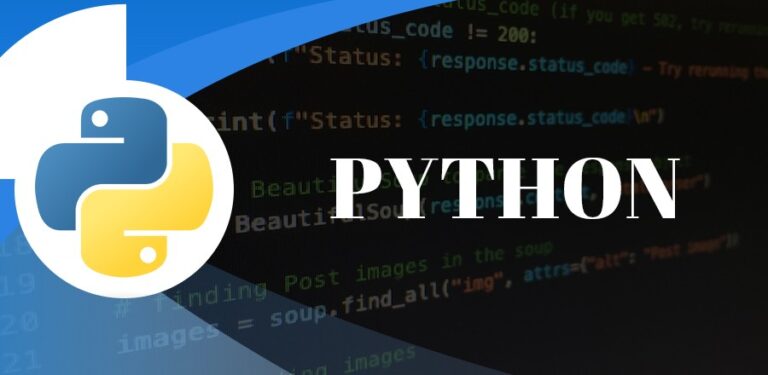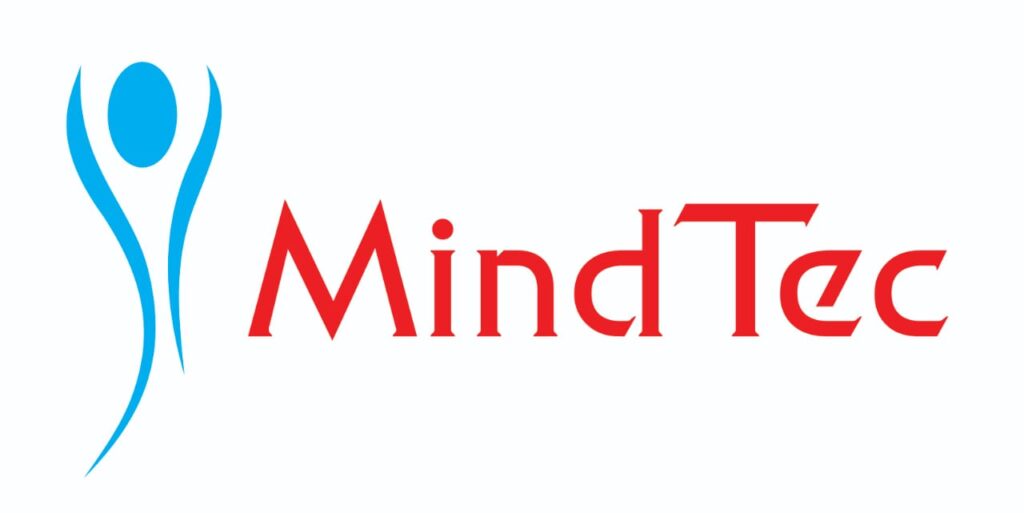
Beginning Python
Programming – Essentials
Starting Python Programming
Introduction to Python
Why Python as a first programming language?
Types of Python applications
What is source code?
How Python compiles and runs source code
Disk storage and main memory working together
How to use IDLE to develop programs
How to use the interactive shell
How to work with source files
How to compile and run a program
How to fix syntax and runtime errors
How to write your first programs
Introduction to Python coding
Coding statements
Coding comments
Using functions
Working with data types and variables
Assigning values to variables
Naming variables
Working with numeric data
Coding arithmetic expressions
Using arithmetic expressions in assignment statements
Using the interactive shell for testing numeric operatons.
Working with string data
Assigning strings to variables
Joining strings
Including special characters in strings
Using the interactive shell for testing string operations.
Five basic Python functions
Using the print(), input(), int(), float(), round() functions
Chaining functions
Control Statements
Boolean expressions
Relational operators
Logical operators
Comparing strings
Selection Structure
if statements
Nested if statements
Iteration Structure
While statements
For Statements
Break and continue statements
How to define and use functions and modules
Defining and using functions
Define and call a function
Define and call a main() function
More skills for defining and using functions
Default values for arguments
Named arguments
Local and global variables
Creating and using modules
Create a module
Document a module
Import a module
Standard Modules
The random module
Plan the functions of a program
Using a hierarchy chart
Test and debug a program
Testing and debugging
The three types of errors that can occur
Common Python errors
Four techniques for testing and debugging
Planning the test runs
A simple way to trace code execution
Using top-down coding and testing to simplify debugging
Using the IDLE shell to test functions
Use the IDLE debugger
Set and remove breakpoints
Step through the code
How to view the stack
The lists and tuples
Create a list
Get and set list items
Add and remove list items
Process the items in a list
Pass lists to functions
The list of lists
Create a list of lists
Process the items in a list of lists
More about lists
Count, reverse , and sort the items in a list
Using other functions with lists
Copy, slice, and concatenate lists
The tuples
Create a tuple
Get items from a tuple
Working with file I/O
Intro to file I/O
How file I/O works
Open and close a file
Using text files
Write a text file
Read a text file
Work with a list in a text file
Using CSV files
Write a CSV file
Read a CSV file
Modify the CSV format
Using binary files
Working with a binary file
Handling exceptions
Handle a single exception
How exceptions work
Using a try statement to handle one type of exception
Expanded contents
Handle multiple exceptions
Using a try statement to handle multiple exceptions
Get the information form an exception object
Two more skills
Using a finally clause
Raise an exception
Advanced Topics
Working with numbers
Basics of working with numbers
How floating – point numbers work
Using the math module
Format numbers
Using the format() method of a string
Using the locale module
Fixing rounding errors
Working with decimal numbers
Using the decimal module
Working with strings
Basics for working with strings
Unicode, indexes, slicing, duplicating and multiline strings
Search a string
Looping through the characters in a string
Using basic string methods
Find and replace parts of a string
Split and join strings
Split a string into a list of strings
Joining strings
Working with dates and times
Getting started with dates and times
Create date, time, and date time objects
Create datetime objects by parsing strings
Format dates and times
Working with spans of time
More about working with dates and times
Getting date and time parts
Compare date/time objects
Ditionaries
Getting started with dictionaries
Create a dictionary
Get, set, and add items
Delete items
Looping through keys and values
Convert between dictionaries and lists
More about dictionaries
Using dictionaries with complex objects as values
Object –Oriented Programming
Define and use classes
Intro to classes and objects
Create and use objects
Define a class
Code a constructor and attributes
Code methods
Working with object compositions
How object composition works
Working with encapsulation
How object encapsulation works
How to hide attributes
How to access hidden attributes with methods
How to access hidden attributes with properties
Inheritance
Working with inheritance
How inheritance works
Define a subclass
How polymorphism works
Check an object’s type
Overriding object methods
Define a string representation for an object
Define an iterator for an object
More about Inheritance
Working with custom exceptions
Using inheritance
Data Base and GUI Programming
Databases
Using Python to work with a data base
Connect to a SQL database
Execute SELECT statements
Getting the rows in a result set
Execute INSERT, UPDATE, and DELETE statements
Test the database code
Handle database exceptions
Building GUI Program
How to create a GUI that handles an event
How to display a root window
How to work with frames and buttons
How to handle a button click event
More skills for working with components
How to work with labels and text entry fields
How to layout components in a grid
How to code a class that defines a frame
